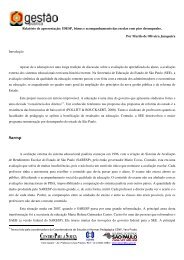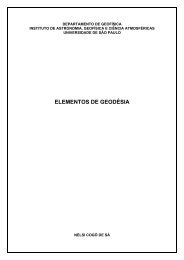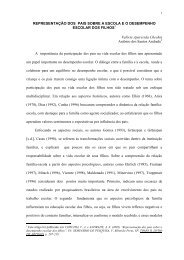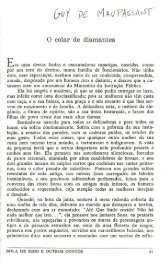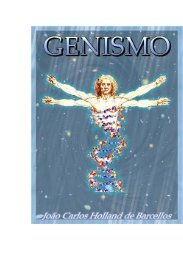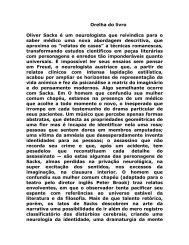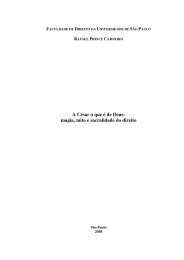A HISTORY OF MODERN IRAN - Stoa
A HISTORY OF MODERN IRAN - Stoa
A HISTORY OF MODERN IRAN - Stoa
Create successful ePaper yourself
Turn your PDF publications into a flip-book with our unique Google optimized e-Paper software.
182 A History of Modern Iran<br />
the Resurrection. Their bodies were dumped into a desolate area known as<br />
Kafarestan (Land of the Unbelievers) and Lanatabad (Land of the Damned).<br />
This extraordinary bloodbath has one plausible explanation. Khomeini, in<br />
his dying years, was eager to leave behind disciples baptized in a common<br />
bloodbath. The killing would test their mettle, weeding out the halfhearted<br />
from the true believers, the weak-willed from the fully committed, and the<br />
wishy-washy from the resolute. It would force them to realize that they<br />
would stand or fall together. What is more, it would sever ties between<br />
religious populists within his movement and secular radicals outside. Some<br />
of his followers had toyed with the dangerous notion of working with the<br />
Tudeh Party to incorporate more radical clauses into the Labor Law as well<br />
as into the Land Reform Law. To unify his disciples further against the<br />
West, Khomeini issued his famous and unprecedented fatwa against<br />
Salman Rushdie. He declared that Rushdie, a Muslim-born Indian living<br />
in Britain, could lawfully be killed on the grounds that his book Satanic<br />
Verses satirized the Prophet and therefore proved that he was an “apostate.”<br />
The 1988 bloodbath had its intended effect. Within months, Grand<br />
Ayatollah Hussein Montazeri, who since the revolution had been groomed<br />
to be the next Supreme Leader, resigned in protest and went into retirement<br />
in Qom – where he became a non-person. By the time Khomeini died a few<br />
months later, in June 1989, he could feel confident that he was leaving his<br />
republic in secure hands.<br />
thermidor (1989–2005)<br />
The transfer of power took place smoothly. On his deathbed, Khomeini<br />
appointed a twenty-five-man Constitutional Reform Council which named<br />
Khamenei as the next Supreme Leader and drew up amendments to the<br />
original constitution. Since the senior mojtaheds had given lukewarm<br />
support to the revolution and the groomed heir, Montazeri, had strayed<br />
from the straight path, they dropped the original prerequisite that the<br />
leadership of the republic had to be in the hands of either a paramount<br />
faqeh or a council of senior faqehs. They decided that the Supreme Leader<br />
could be a seminary-trained cleric with the right qualifications –“honesty,”<br />
“piety,” “courage,” “administrative abilities,” and “versed in the political<br />
issues of the age.” One delegate even argued that the velayat-e faqeh did not<br />
require a faqeh. 55 In designating Khamenei as Supreme Leader, they,<br />
together with the official press, began to address him and his close colleagues,<br />
including Hojjat al-Islam Rafsanjani, as ayatollahs. The republic<br />
has often been dubbed the regime of ayatollahs. It could more aptly be



